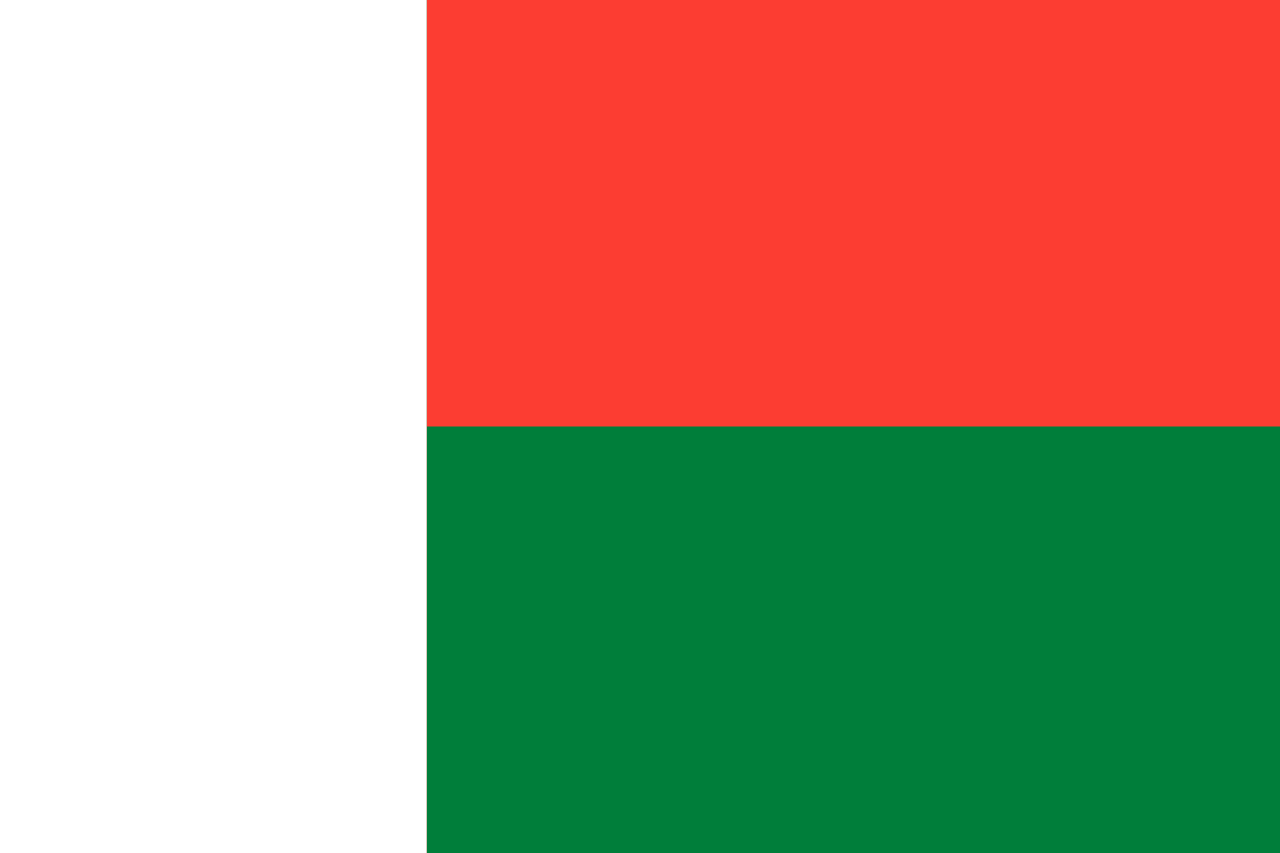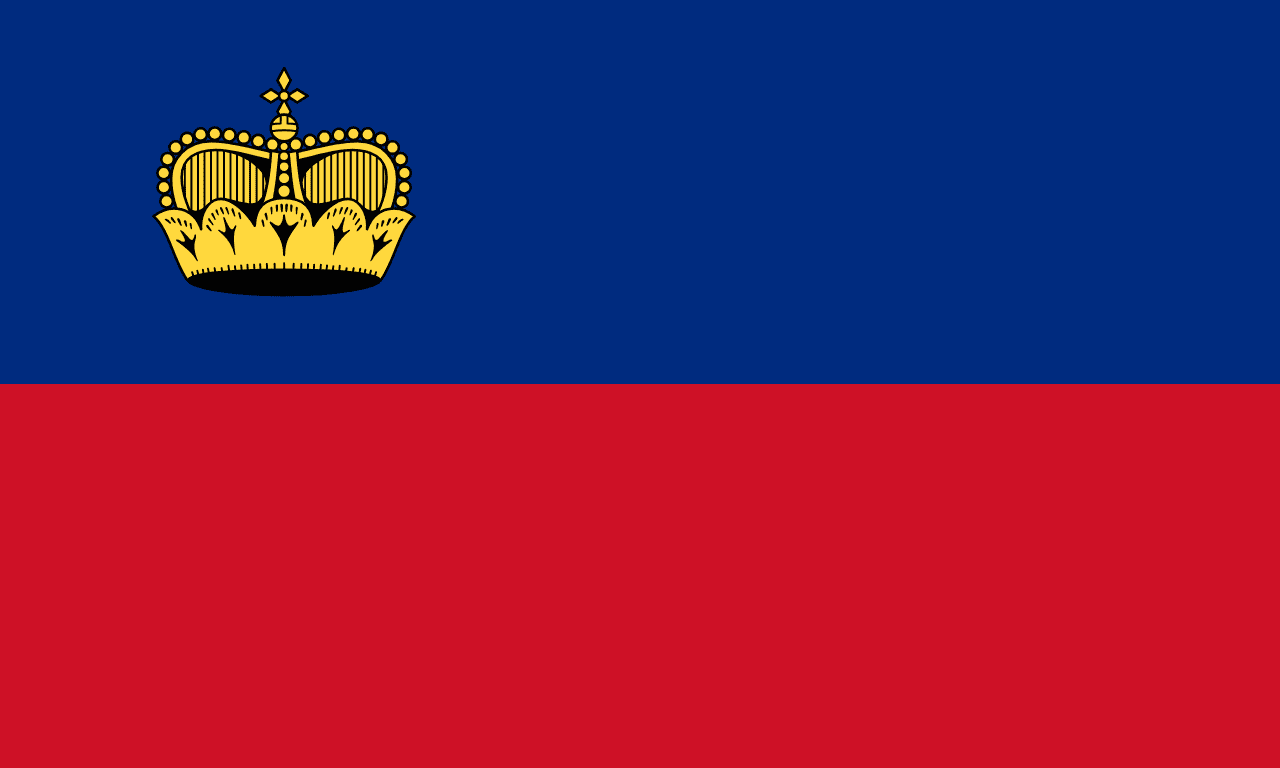The flag of Luxembourg consists of three horizontal stripes: red at the top, white in the middle, and light blue at the bottom. This tricolor design, while similar to the Dutch flag, has its own unique symbolism and historical significance.
Luxembourg information
| National Flag Day | June 23 |
| Sovereign state | Yes |
| Official name | Grand Duchy of Luxembourg |
| Capital | Luxembourg |
| Population | 590,667 |
| Area | 2,586 km² |
| Currency | Euro (€) (EUR) |
| Language | Luxembourgish, French, German |
| Continent | Europe |
| Region | Western Europe |
| Subregion | Benelux |
| Borders | Belgium, France, Germany |
| Timezone | Central European Time (CET) UTC+1 |
| Calling code | +352 |
| Top-level domain | .lu |
History of the Luxembourg flag
 The Luxembourg flag has a rich history dating back to the medieval period. The current design was officially adopted on June 23, 1972, but its origins can be traced to the 13th century. The colors red and white were derived from the coat of arms of the Counts of Luxembourg, which featured a red lion on a striped white and blue background. The light blue stripe was added later to differentiate the flag from the Dutch flag. The tricolor design has been in use since the Belgian Revolution of 1830, though it wasn't officially codified until 1972. This long history reflects Luxembourg's journey from a medieval county to a modern, independent nation.
The Luxembourg flag has a rich history dating back to the medieval period. The current design was officially adopted on June 23, 1972, but its origins can be traced to the 13th century. The colors red and white were derived from the coat of arms of the Counts of Luxembourg, which featured a red lion on a striped white and blue background. The light blue stripe was added later to differentiate the flag from the Dutch flag. The tricolor design has been in use since the Belgian Revolution of 1830, though it wasn't officially codified until 1972. This long history reflects Luxembourg's journey from a medieval county to a modern, independent nation.
Symbolism and design of the Luxembourg flag
Each color of the Luxembourg flag carries symbolic meaning. The red stripe at the top represents the "red lion" of Luxembourg and symbolizes power, courage, and the bloodshed for independence. It also stands for the intense patriotism of the Luxembourg people. The white stripe in the middle symbolizes peace and honesty. It represents the purity of the nation's intentions and its commitment to neutrality in international affairs. The light blue stripe at the bottom represents liberty, loyalty, and justice. It also symbolizes the sky and the picturesque Moselle and Sauer rivers that flow through Luxembourg. Together, these colors embody the national motto of Luxembourg: "Mir wëlle bleiwe wat mir sinn" (We want to remain what we are).
Usage and significance of the Luxembourg flag
 The flag of Luxembourg is a source of national pride and is prominently displayed throughout the country. It flies on government buildings, schools, and during national celebrations such as National Day (June 23). The flag plays a crucial role in fostering unity and identity among Luxembourg's diverse population, which includes a significant number of foreign residents. In international contexts, the flag represents Luxembourg in diplomatic settings, European Union gatherings, sports events, and cultural exchanges, symbolizing the country's sovereignty and its role as a founding member of the EU. During times of national significance, the flag serves as a rallying point for Luxembourgers, embodying their shared heritage and commitment to democratic values.
The flag of Luxembourg is a source of national pride and is prominently displayed throughout the country. It flies on government buildings, schools, and during national celebrations such as National Day (June 23). The flag plays a crucial role in fostering unity and identity among Luxembourg's diverse population, which includes a significant number of foreign residents. In international contexts, the flag represents Luxembourg in diplomatic settings, European Union gatherings, sports events, and cultural exchanges, symbolizing the country's sovereignty and its role as a founding member of the EU. During times of national significance, the flag serves as a rallying point for Luxembourgers, embodying their shared heritage and commitment to democratic values.
Interesting facts about the Luxembourg flag
- The Luxembourg flag is often confused with the Dutch flag, but the blue stripe in Luxembourg's flag is a lighter shade (RGB: 0, 161, 222).
- Luxembourg is the only remaining sovereign Grand Duchy in the world, a fact reflected in the historical significance of its flag.
- The flag's design is closely related to the heraldic colors of the House of Luxembourg, showcasing the country's rich medieval history.
- During World War II, the Luxembourg flag became a symbol of resistance against Nazi occupation.
- The proportions of the Luxembourg flag are 1:2 or 3:5, which is slightly different from many other European flags.





